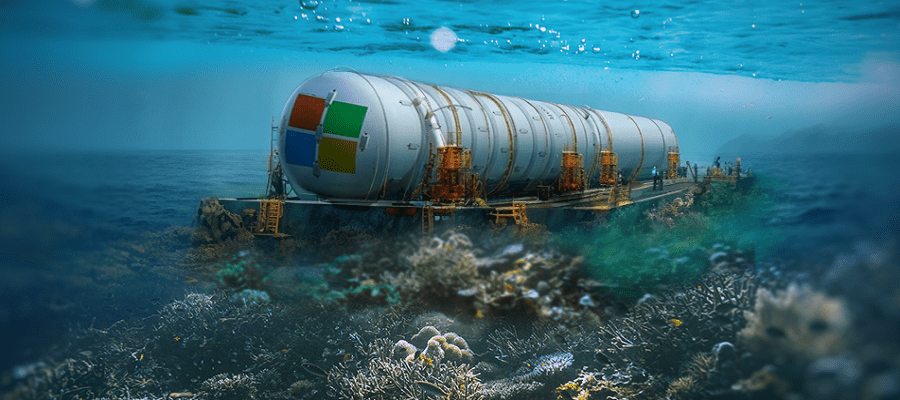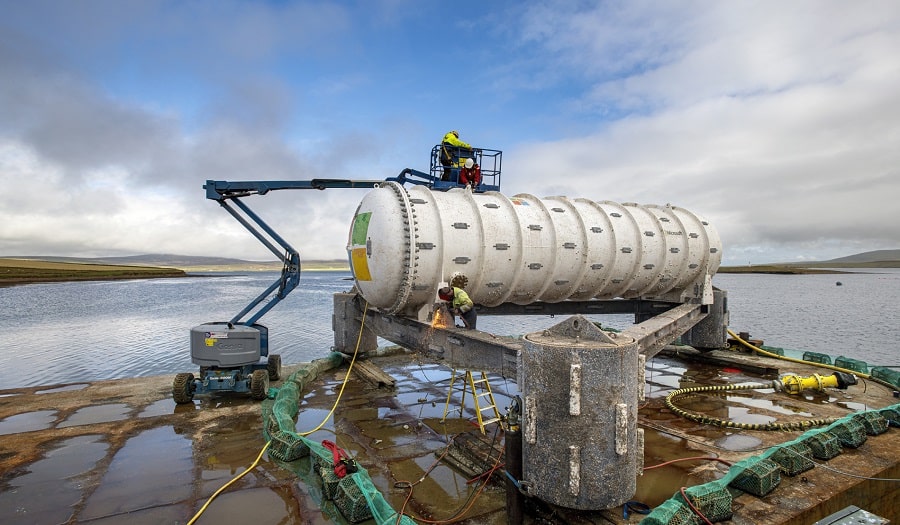
Microsoft data center successfully launched under water
Microsoft has pioneered an innovative approach to data center management that combines cutting-edge technology with environmental sustainability. This article discusses the company’s successful deployment of subsea servers, its implications, and future possibilities.
In an audacious experiment known as Project Natick, Microsoft submerged a data center 35 meters deep in the sea near Scotland’s Orkney Islands. Encased in a sealed container, the data center successfully operated underwater for two years, demonstrating that the ocean floor can house sustainable, high-performance data centers.
Why Put Servers Underwater?
There are several compelling reasons to place data centers underwater:
- Cooling Efficiency: Subsea environments offer natural cooling, reducing the energy required for temperature management.
- Energy Sustainability: Ocean-based data centers can be paired with offshore renewable energy sources, such as wind or tidal power.
- Reduced Latency: As large populations live near coasts, underwater data centers can reduce latency for millions of users.
- Rapid Deployment: Prepackaged, containerized data centers can be rapidly deployed to any coastal city.

What is this Project?
Project Natick is an innovative research initiative aimed at exploring the feasibility and benefits of underwater data centers. The project revolves around three key principles:
- Sustainability: Capitalizing on ocean cooling and renewable energy to create green data centers.
- Performance: Proving that server reliability doesn’t diminish in an underwater environment.
- Practicality: Investigating the logistics of deploying and maintaining subsea data centers.
What are the Possibilities of the Server Underwater?
The successful operation of Microsoft’s subsea server opens up a range of exciting possibilities:
- Next-Gen Internet Infrastructure: With over half the world’s population living near the coast, subsea servers could form the backbone of next-gen internet infrastructure.
- Environmental Sustainability: By harnessing renewable energy and reducing cooling needs, subsea servers could significantly lessen the carbon footprint of data centers.
- Edge Computing: By positioning data centers closer to users, underwater servers could drive advancements in edge computing, improving performance for end-users.
Conclusion
Microsoft’s Project Natick has demonstrated that subsea servers are not only feasible but offer numerous advantages in reliability, performance, and sustainability. The project offers an intriguing vision of the future where our data is stored beneath the waves, powered by renewable energy, and delivering high-speed, low-latency services to users worldwide.




